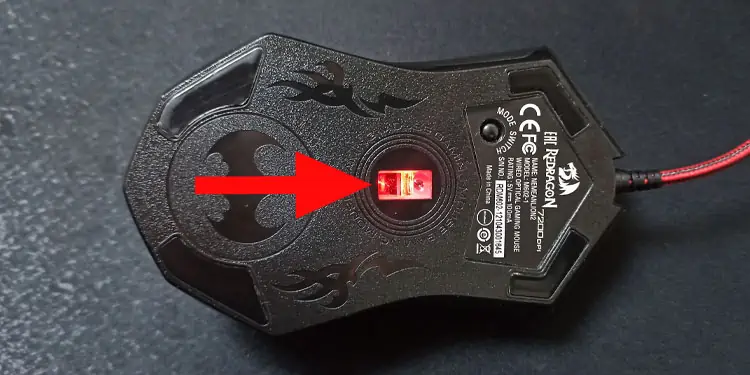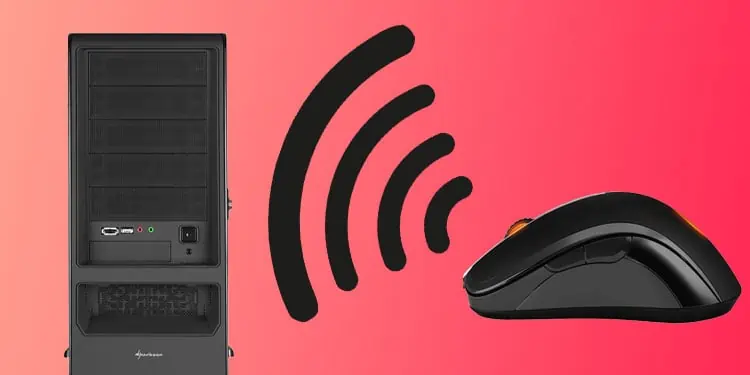A wireless device has a transmitter that is built into it. The transmitters send data to a receiver which is connected to the computer. As with most wireless devices, a wireless mouse also uses Bluetooth or Radio Frequency (RF) signals to send and receive data. The data includes mouse position and button clicks.
This article explains about a wireless mouse, its types, and how it works. So, without further delay, let us get right into it.
Types of Wireless Mouse
Before we get into the working principle of a wireless mouse, let us first discuss the two types of wireless mouse popular in the market.
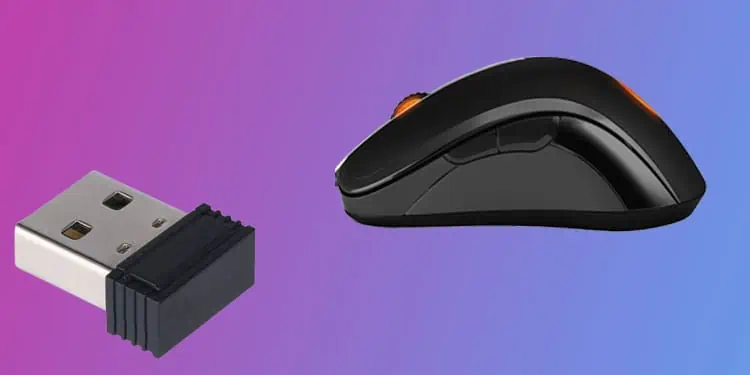
A wireless USB mouse uses a USB dongle that receives data transmitted by the wireless mouse. This mouse operates in the 2.4 GHz frequency band to transfer data. Low battery consumption, connection over a longer distance, and lower latency are what make a wireless USB mouse so popular.
To use thewireless USB mouse, you simply plug the USB dongle into the computer, power on the mouse and the input device is ready to use.
Wireless Bluetooth mouse
Wireless Bluetooth uses a computer’s Bluetooth to transfer data. To use a wireless Bluetooth mouse, you first need to pair it with your computer’s bluetooth. Once you pair both the devices, you may use it to move the mouse cursor.
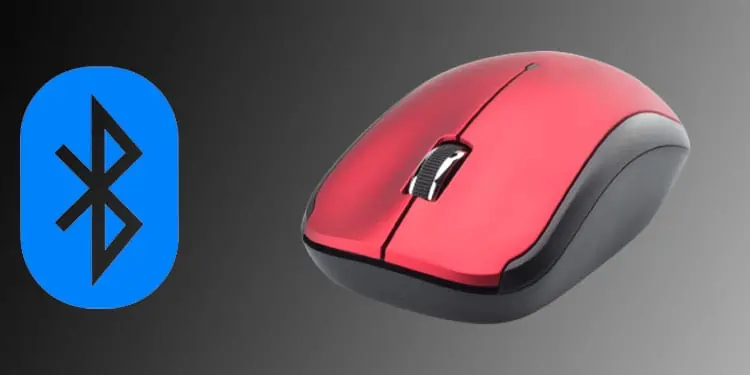
The Bluetooth wireless mouse usually suffers from higher latency and higher battery consumption compared to the wireless mouse using USB connector. Furthermore, it also does not support connection over longer distances compared to a wireless USB mouse.
Bluetooth also uses a 2.4 GHz frequency band to transfer data like a wireless USB mouse.
How Does a Wireless Mouse Work?
Now let’s discuss each step in detail.
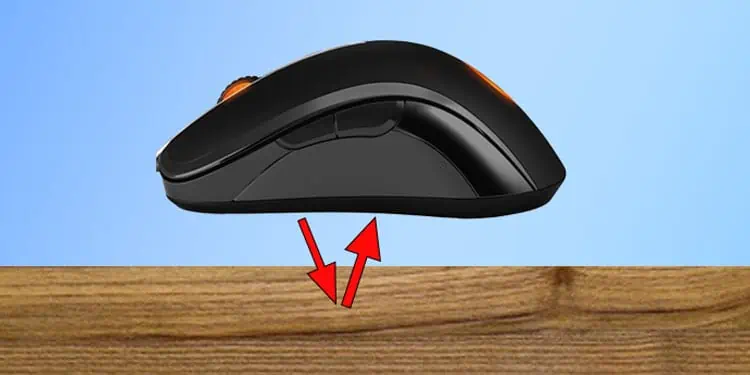
Recording the Mouse Movement
Most mouse nowadays uses optical sensors to record mouse movement. These optical sensors take a couple of thousand pictures every second. And then, the sensor compares each picture to the previous one to record the mouse movement. On the other hand, an older mechanical mouse uses a rubber ball to track the mouse movements.
Under the mouse, there is a LED or laser emitter, depending on the type of mouse you use. This emitter turns on the LED when you connect the mouse to a computer.
